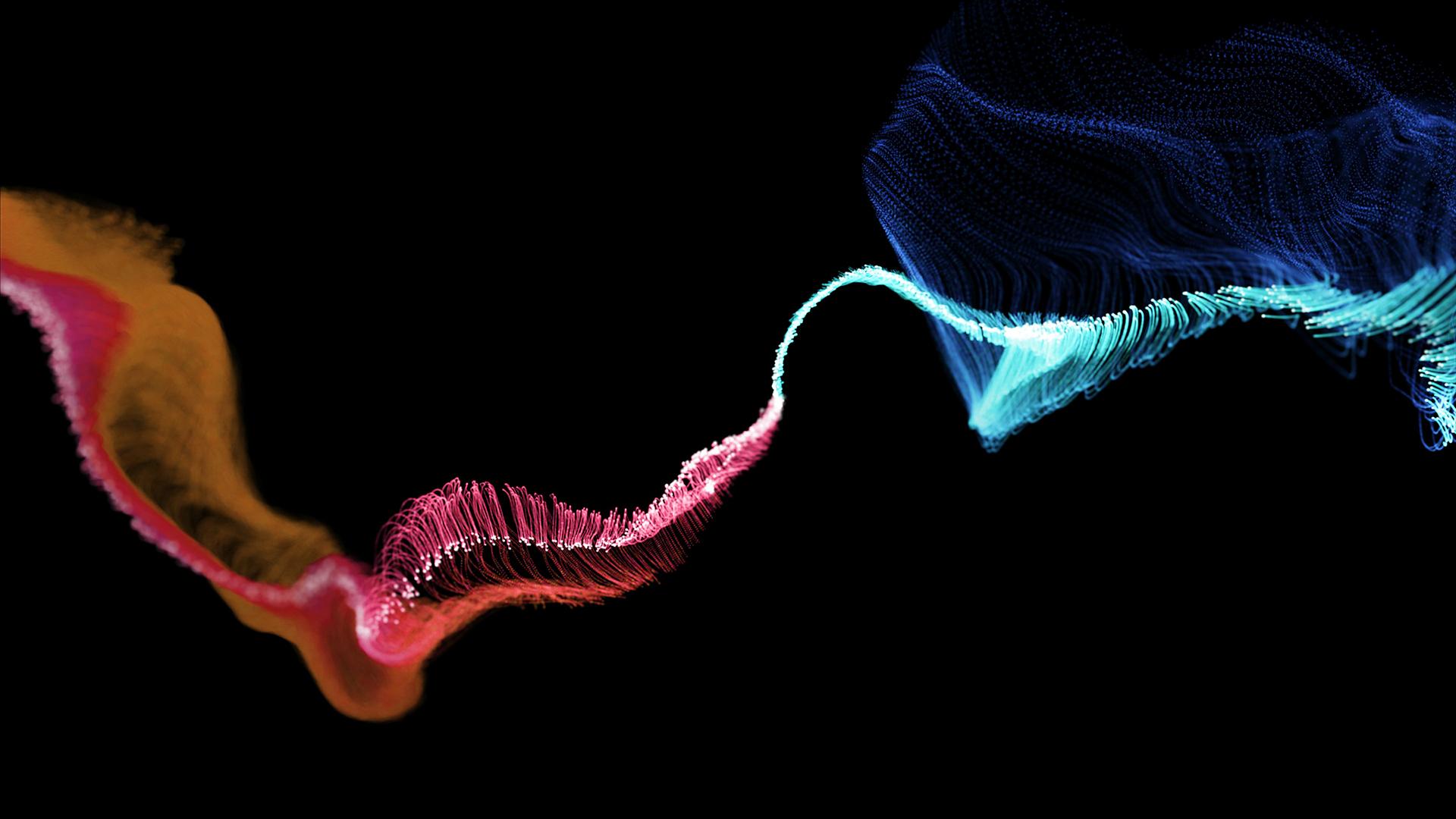Although the X in WXO stands for “experience”, it also nods to another of our key reasons for existing: collaboration. We’re the place where experience thought leaders gather to collaborate, innovate, and jointly push the boundaries of what experiences can be and do. In other words, X marks the spot!
So for this edition of our Campfire, we wanted to give our participants a little more space to come up with some ideas for how we might level up experiences when we come together. We swapped our keynote Firestarter for a group workshop inspired by a number of cross-sector collaborations we’ve noticed of late:
- Current Rising, the mind-blowing opera-VR hybrid that we profiled in Campfire 23: How To Bring Different Worlds Together.
- Park Row London, a new DC Comics-inspired immersive dining experience that we recently reviewed.
- The festivals, launches and concerts that are happening in the metaverse: think Ariana Grande or Travis Scott’s performances within the game Fortnite.
- The forthcoming collaboration between storytelling firm Storyland Studios and video games company Ubisoft to create several game-inspired theme parks.
We’re already well into the era of experience mash-ups – not just because they’re fun and interesting, but because they’re serious business. As the Harvard Business Review wrote in an article titled Perfecting Cross Pollination, “the breakthroughs [of cross-sector pollination] are frequently of unusually high value”.
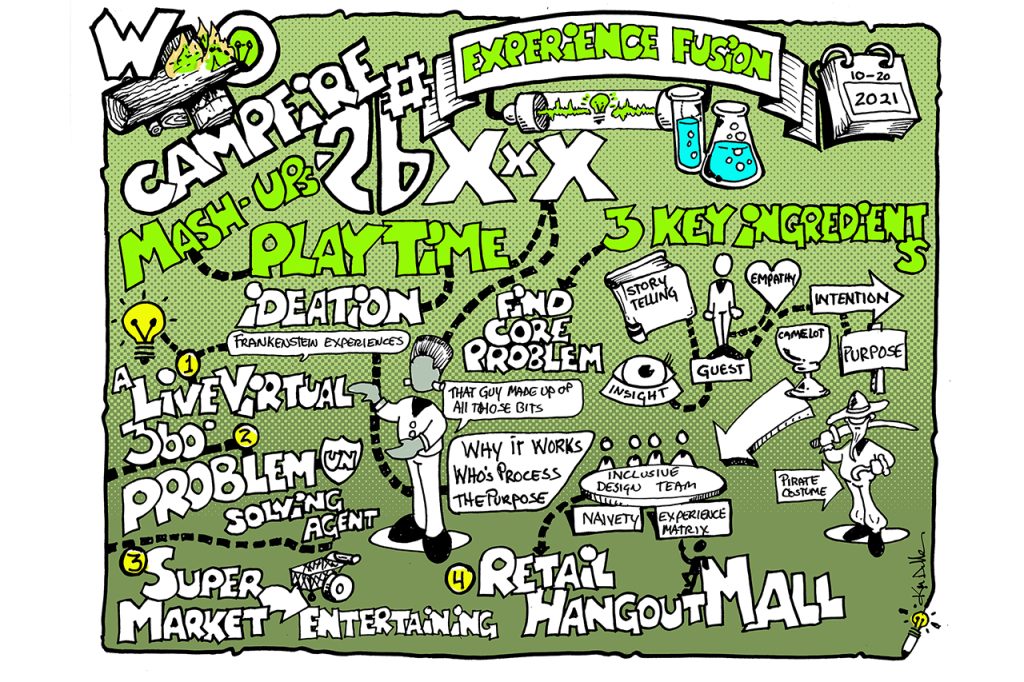
But as the HBR also notes, these collaborations aren’t always easy. So as part of The WXO’s mission to support our members in creating experiences that are of “unusually high value” in terms of profit, wellbeing and the impact they can have on society, we want to start creating some guidelines for how we can cross-pollinate like a pro, and then experiment with these in our digital and IRL workshops.
We’d already defined 10 rules for how experience sectors can come together and create magic in Campfire 23, namely:
1. Find Your Shared Values
2. Embrace Chaos, Not Checklists
3. Understand The Potential Of Your Technology
4. Know Your Limits
5. Create A Common Language
6. Do Be Daft!
7. Find Your Essence
8. Go On An Experience Safari
9. Fail Fast
10. Define Your Roles
11. Actually, You Can Please All Of The People…
So to kick off our Campfire, we paired up our participants with people from different experience sectors and asked them to consider three key questions:
- What’s the essence of what you do?
- What’s the order in which you approach things?
- What’s similar and what’s different between your approaches?
We then shared what we’d learned from each pairing with the collective Campfire.
The Ingredients Of Extraordinary Experiences
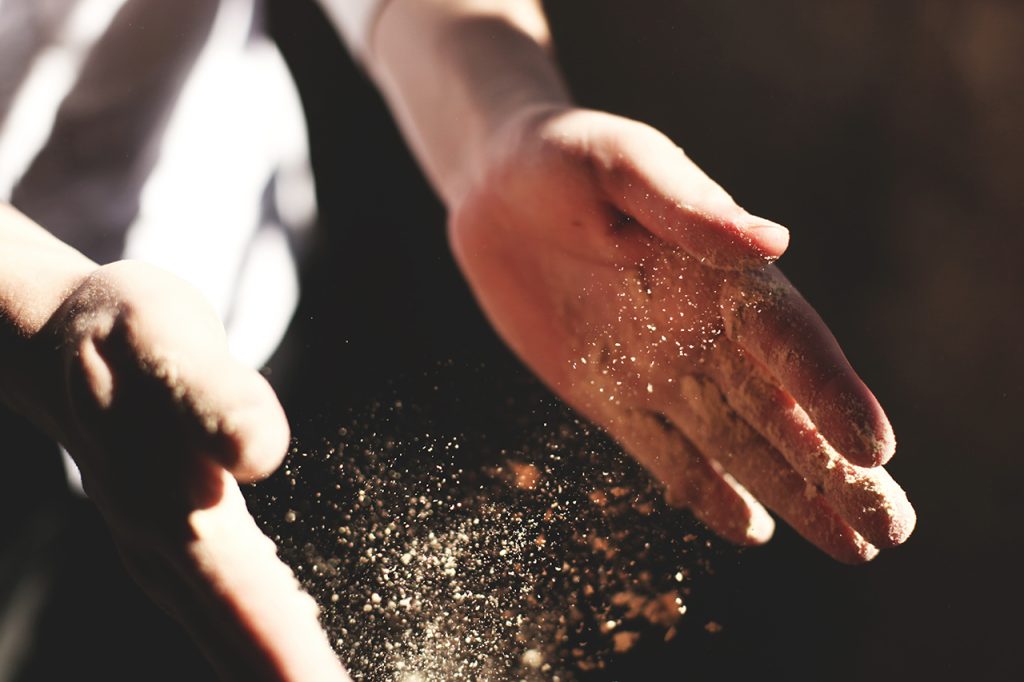
First up: the three magical ingredients that make up each person’s special sauce, or essence, and which they think about when creating an experience.
Ray Hole: Naivety, Camelot, Experiential Matrix
“Sometimes the answer comes out not because of the creativity or the abilities around a group, but actually the power structure.”
Ray Hole, architect
What’s Camelot got to do with creating great experiences? As architect Hole explains it, you want to assemble a “round table” where King Arthur is your client and everyone is equally extraordinary and has earned the right to be there. However, they are also naive to the subject.
As Hole puts it, “If you’ve got a round table of naivety, credibility and authority, the possibilities are endless. You can go to some strange places – it’s like a Ouija board.” And that’s okay – in fact, it’s even desirable.
Nasya Kamrat: Story, Community/Connection, Intent
“The goal of everything we do is to build connectivity and to build community, whether that’s during or after an experience itself.”
Nasya Kamrat, creative strategist
Stories are what connect us as human beings – so creative strategist Kamrat puts empathy, community and connection at the heart of the experiences she creates. Intent is also important – thinking about the before and after of your experience as well as the experience itself, as often what happens after will be the thing that gets people to return to the journey again and again.
Arthur Zards: Deeper Truth, Emotion, Intention
“Deeper truth is where I start, and it’s really finding out what really matters.”
Arthur Zards, virtual event designer
To find the deeper truth of why a client wants to do something, you need to keep asking them until you get the emotion, and then design an experience around that emotion. Virtual event designer Zards gave the example of a client who said he wanted a ‘better event’. After hours of discussion, the client was able to articulate the problem: the participants felt insignificant. So Zards’ team designed everything to make them feel significant.
When X Met X
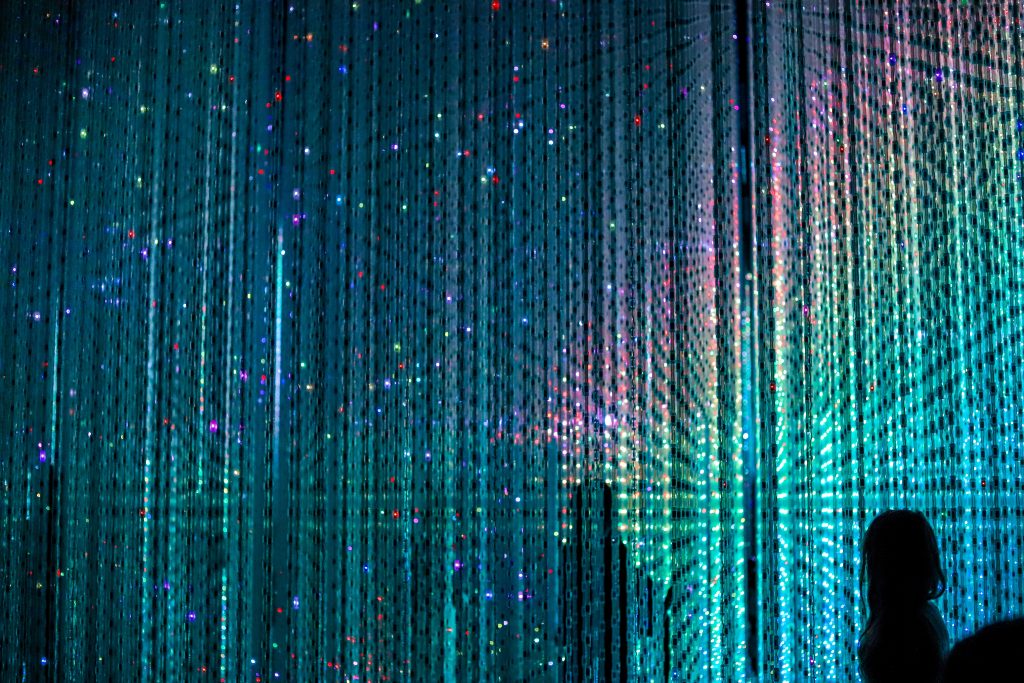
We then asked our participants to head back into their breakout rooms to see how they might fuse their individual ingredients and approaches to create something new, exciting, and “unusually high value”.
When IRL Events Met Virtual Events
Narrative show writer Amy Kole, virtual event designer Roger Malinowski and artist/lightng designer Koert Vermeulen brought together their disciplines to focus on the merging of live and virtual events.
If you go to a live experience, you have the autonomy to look around and experience everything in a 360-degree fashion. Your attention is your own. However, that means that you could potentially miss something or not see something as clearly as you would on a screen.
But if you look at the Olympics, it’s more exciting to watch on TV than in person, as you’re getting the benefit of having somebody direct your attention in a way that makes sure that you are getting the best out of the experience.

The team wondered if you could create some sort of platform where you could combine the best of live and virtual experiences – something where you can interact and feed off the energy of collectively experiencing something, even if you are home alone, but which also makes sure that you experience the best of whatever it is that you are there to experience.
However, it’s about amplifying each experience rather than trying to find their common ground. As Vermeulen explained:
“It’s about giving the public that is sitting in the audience capabilities of interacting and maybe seeing what the virtual audience are experiencing, and trying to get a better experience for the virtual audince where you get the energy of the people around you. To try to marry those two is about multiplication, not about trying to find the common denominator.”
Koert Vermeulen, artist/lighting designer
When Experiential Marketing Met Gaming
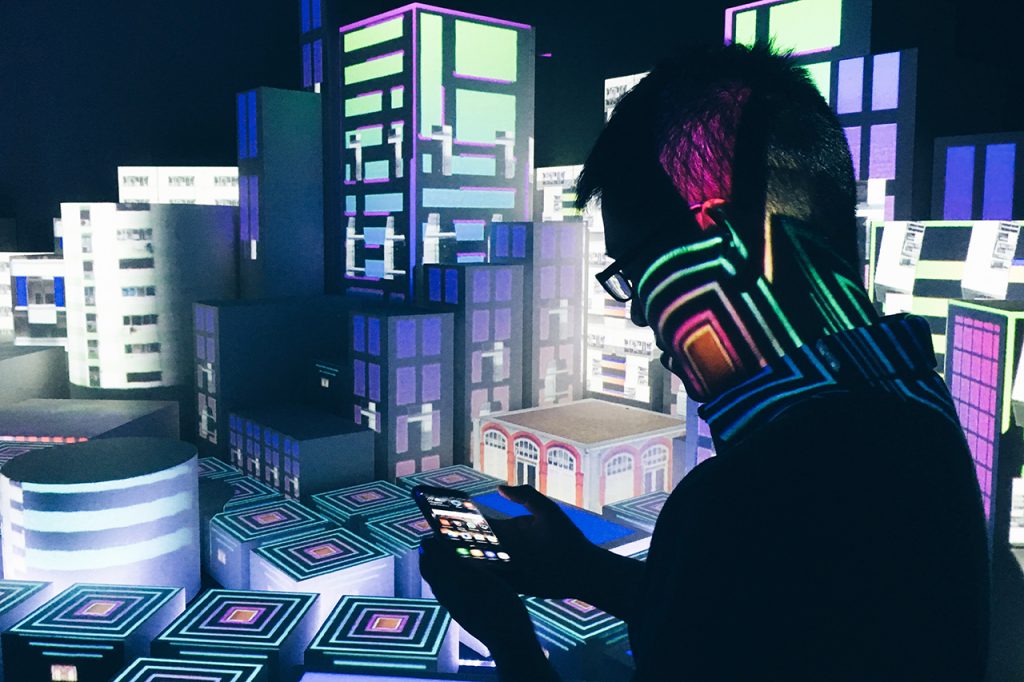
Experiential marketing guru Max Lindemann and gaming specialist Sai Aditya talked about how they might gamify the office or work environment.
If you entered the United Nations building, for example, you all of a sudden take on a role in a game as you try to solve problems – almost like a skin that you put on when you go into that world.
This reminds us of AR expert Rob Morgan’s point back in Campfire 14 that if you want to build a world, rather than telling someone they’re in a dragon’s cave, tell them they’re a dragon in disguise.
It’s also relevant to CX expert Alain Thys’s case study on the future of the office, which explores the importance of stories in creating a positive workplace. Perhaps gamification or storificiation is the future of work. Let’s turn every person into the protagonist and the hero of their own story.
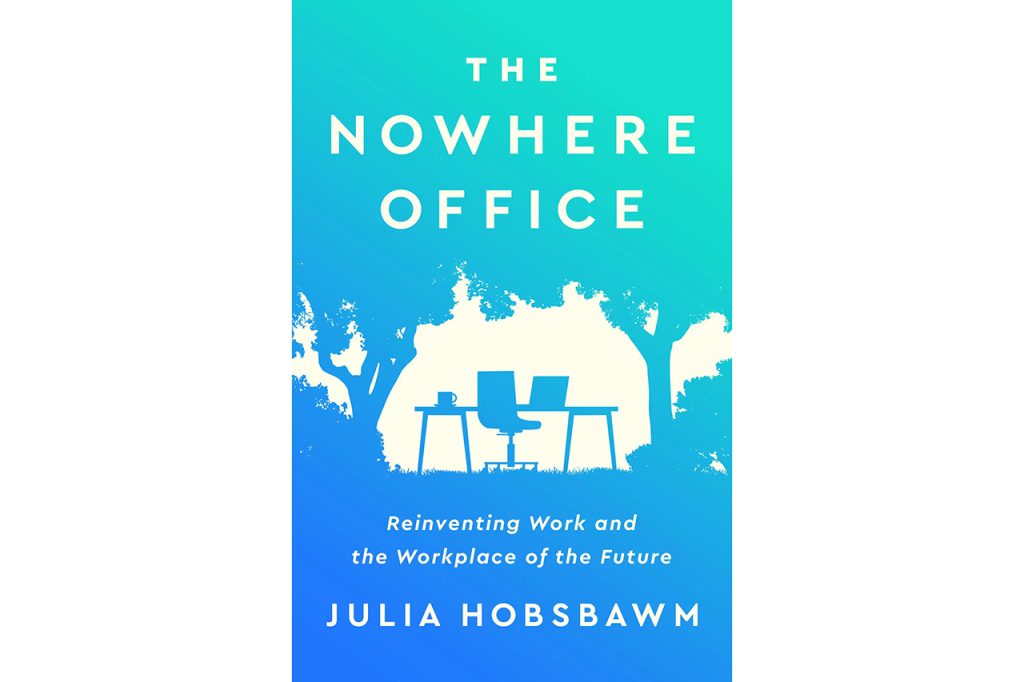
(There’s a book out in February 2022 by Julia Hobsbawm called The Nowhere Office. Julia will be giving a talk at a future Campfire about how purpose is becoming ever more important in the world of work, and how if you want to turn purpose into something personal, every person has to be their own hero.)
When AV Met Retail
Retailer Dmytro Tsygankov and AV expert Bryan Hinckley merged their two areas of expertise to come up with the idea of bringing sound into certain points in the retail experience to make it more memorable – for example, the sound of seagulls at the fish counter, or mooing in the steak section.
This simple, effective idea turns retail from being a chore into being something memorable that you’d want to share with others – great word-of-mouth marketing, as well as a great experience.
It also links back to the fundamentals of the progression of economic value. As we move from the industrial economy to the service economy to the experience economy, everything that came before becomes commoditised and to stand out, you need to be more than just a service. And the way you achieve that differentiation is through experience.
When CX Met Architecture
CX expert Alain Thys and architect Ray Hole wanted to reimagine what retail might look like in the future. Instead of a mall being the standardised large box full of smaller boxes (or stores) with a designated catering and entertainment area, they wondered if they could approach it from the point of view of customers rather than operators.
As Thys shared, they began with questions:
“What is the store? What is retail? What is a museum? What is a place where you want to go? What is an experience?”
Alain Thys, CX expert
By asking these questions, we get to the key of why people might go to a mall: to hang out. So rather than boxing off the stores, why not turn the whole mall into one huge hangout space where brands and products are integrated naturally, and purchases are a natural extension of the experience of being there?
Hole gave the example of a study on Peckham High Street in London, conducted by the London School of Economics, and whether it should be replaced by a shopping mall. The study found that the most economically valuable place in the whole of Peckham High Street was a hairdressers stall owned by one person, where the value per square foot of that chair was greater than anything that a mall could ever achieve. So why on earth would you knock down this multisensory experience?
“Authenticity, location, real people, real stories, real smells: this hairdressers seat was more valuable than a square foot at a shopping mall.”
Ray Hole, architect
This reminds us of Complexland, a virtual shopping festival that was designed to feel more like a game that people wanted to spend time in, as well as purchasing. Perhaps this ideas of flipping the purpose of a mall as a place you go to spend time – as the more time you spend, the more money you’re likely to spend, too – could also work in real life. Or in other words, always start with the “why” – why will people be drawn to your experience? – and design from there.
The WXO Take-Out
The thought of cross-sector pollination might sound intimidating. But with the right set of tools, questions and open-mindedness, in just one hour we were able to get people to share the essence of their process and think about how they might be combined to create something new – and better – than what already exists. (Or at the very least, to define some opportunity areas that are ripe to explore.)
We hope this inspires our Co-Founders and Founding Members – and you! – to seek out cross-pollination, kickstart these kind of breakthroughs, and ultimately create better experiences that, as the HBR says, are of “unusually high value”. When you do, we hope some of these approaches assist your process.
(Also, the WXO team is able to assist in cross-sector pollination in terms of process, using our expertise and understanding of how different sectors work to help build better experiences. See our WXO Services page for more details.)
Interested in taking part in discussions about experiences and the Experience Economy? Apply to become a member of the WXO here – to come to Campfires, become a better experience designer, and be listed in the WXO Black Book.

